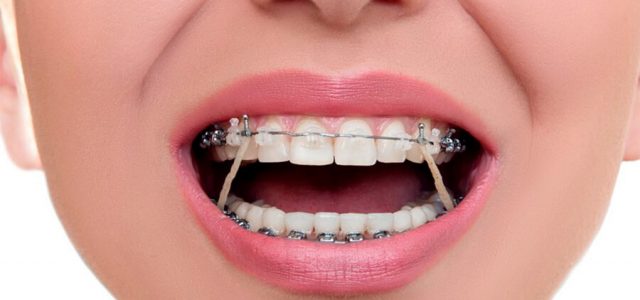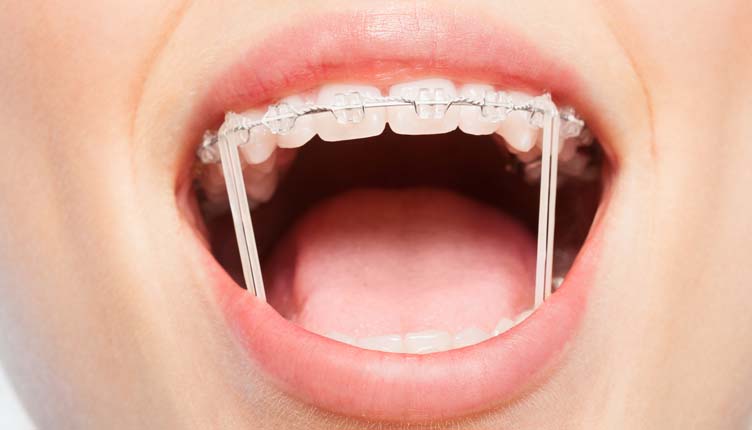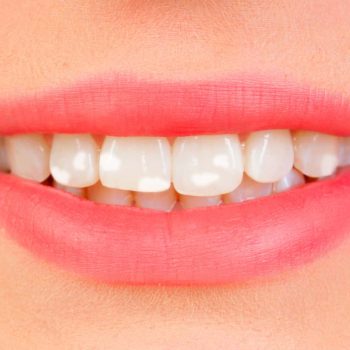
The use of intraoral elastics in orthodontics
- On 9 June, 2023
Orthodontics is a specialty of dentistry that is responsible for the diagnosis, prevention and treatment of dental and facial irregularities. One of the most used resources in this discipline are intraoral elastics, also known as intermaxillary elastic ligatures.
Intraoral elastics are small rubber bands that are used in combination with brackets and wires in orthodontic appliances. These elastics have the ability to apply light and constant forces on the teeth, helping to correct dental position and alignment. It is a simple way to speed up the speed of treatment and achieve a better end result. As we always say, if the patients are good, the final result will be optimal. If the patients do not collaborate, the final result will not be as expected.
There are different types of intraoral elastics that are used depending on the objective of orthodontic treatment. The most common are class II elastics and class III elastics. Class III elastics are used to correct an anterior crossbite, where the upper teeth lag behind the lower teeth when closing the mouth. On the other hand, class II elastics are used to correct dental protrusion, which is when the upper teeth are in front of the lower teeth when closing the mouth. This is the most common type of malocclusion among our patients.

The use of intraoral elastics in orthodontics is essential to obtain optimal results in treatment. These elastics allow the application of specific directional forces, facilitating controlled movement of the teeth. In addition, intraoral elastics are an effective tool to correct malocclusion problems and achieve a correct bite.
It is important to note that the use of intraoral elastics must be indicated and supervised by your orthodontist. The professional will evaluate the dental condition of each patient and determine the need and type of elastic to use. In addition, proper instruction on elastic placement and care will be provided, as incorrect use may have negative effects on treatment.
The placement rules will be as follows:
- The elastic must always be in the mouth, we will only take it out to eat and sometimes we can also eat with them. Logically, to brush our teeth we will have to remove the elastic.
- The elastic must be changed at least once a day. We’ll put it back on after dinner and brushing our teeth.
- The elastics lose 50% of their strength in the first 8 hours of use, so it is very important that the elastic is new at night, since it is the only time of the day in which we will wear the elastic uninterruptedly for at least least 8-10 hours.
- If the elastic on one side breaks, it is better to replace the two new elastics on both sides.
- The first few days it is usual for the discomfort of the elastics to be a little stronger. With use, in a few days the discomfort will improve. If you need it, you can take some pain reliever. Consult your orthodontist.
The patient must be responsible for the use of intraoral elastics following the orthodontist’s instructions. It is essential to use the elastics for the recommended time and change them once a day according to the instructions received. In addition, care must be taken when removing and placing elastics to avoid damaging the brackets and wires of the orthodontic appliance. The elastics are not sold in any store. If you need more elastics you should ask for them in the office, more or less each bag of elastics lasts almost two months and you will surely use elastics beyond that time.

The use of intraoral elastics can cause discomfort and sensitivity at the beginning of treatment, but these symptoms usually disappear over time as their use increases. It is essential to communicate any discomfort to the orthodontist so that he can make the necessary adjustments. Its use should be the maximum number of hours possible, in this way the treatment will not suffer delays and the treatment can be finished in the estimated time.
In conclusion, intraoral elastics are an important tool in orthodontics to correct malocclusion problems and achieve correct dental alignment and occlusion. Its proper use and following the instructions of the orthodontist is essential to obtain successful results in the treatment. If you are considering orthodontic treatment, consult a specialist to evaluate your case and tell you if the use of intraoral elastics is necessary


